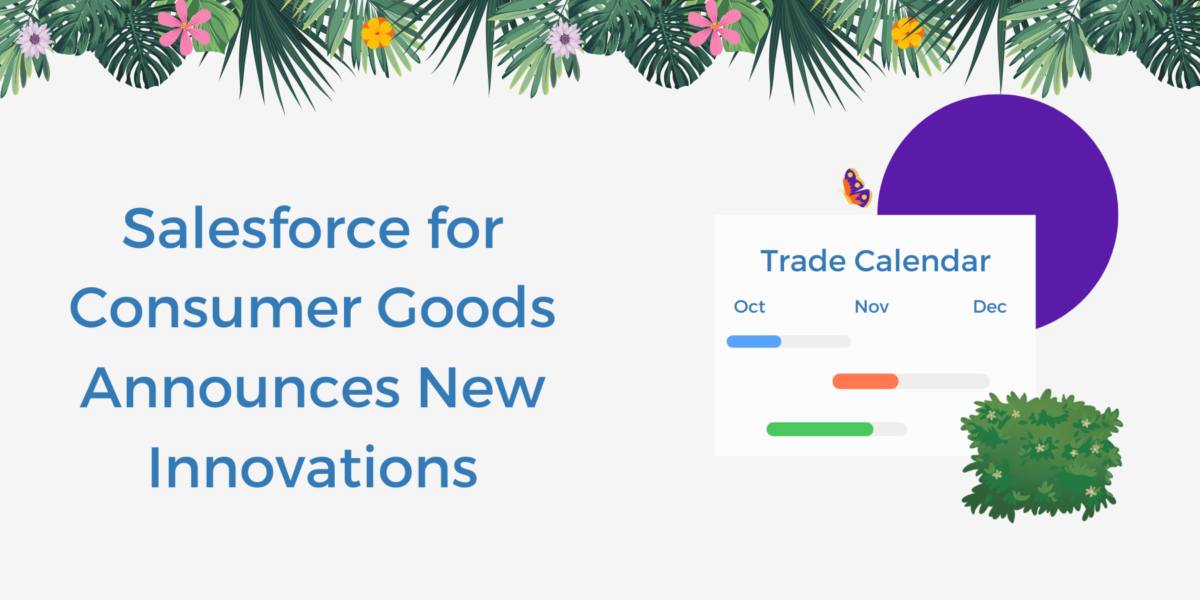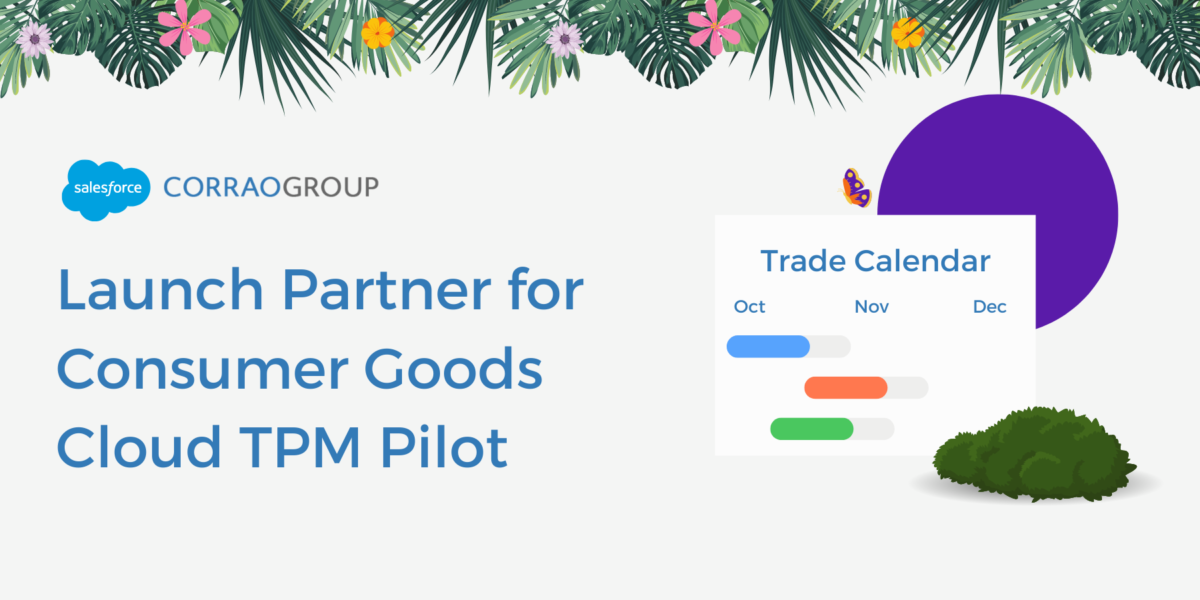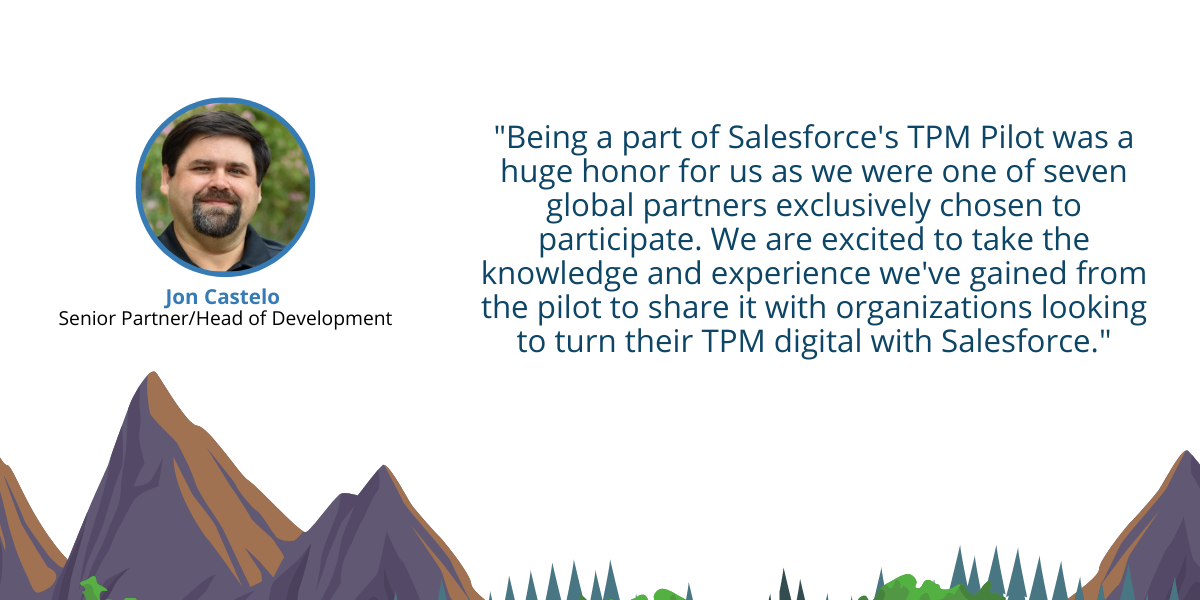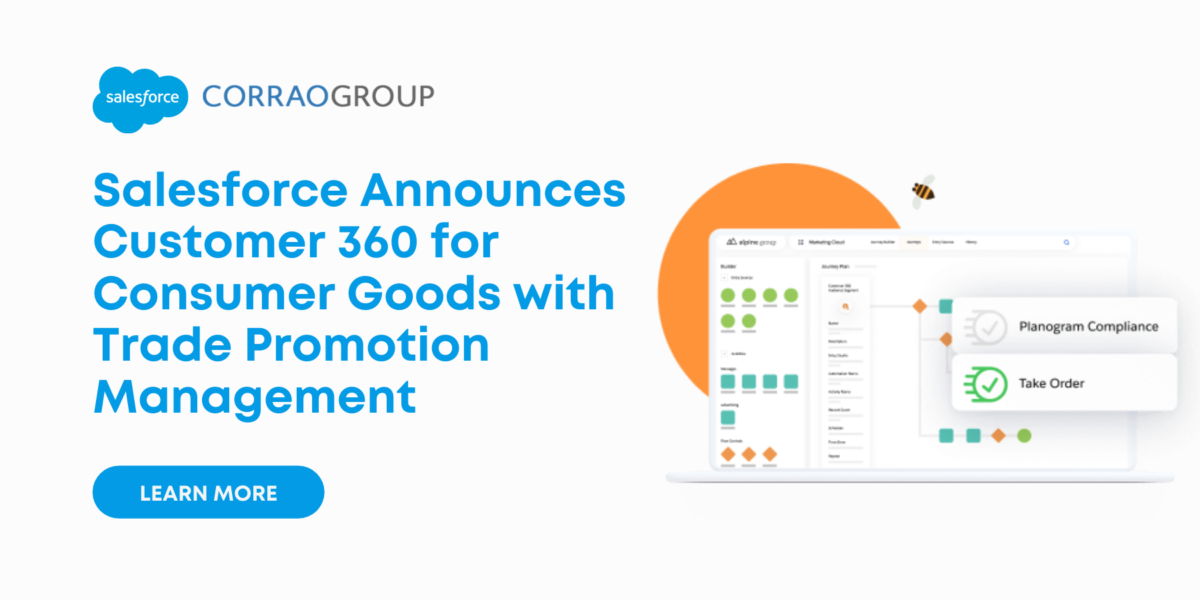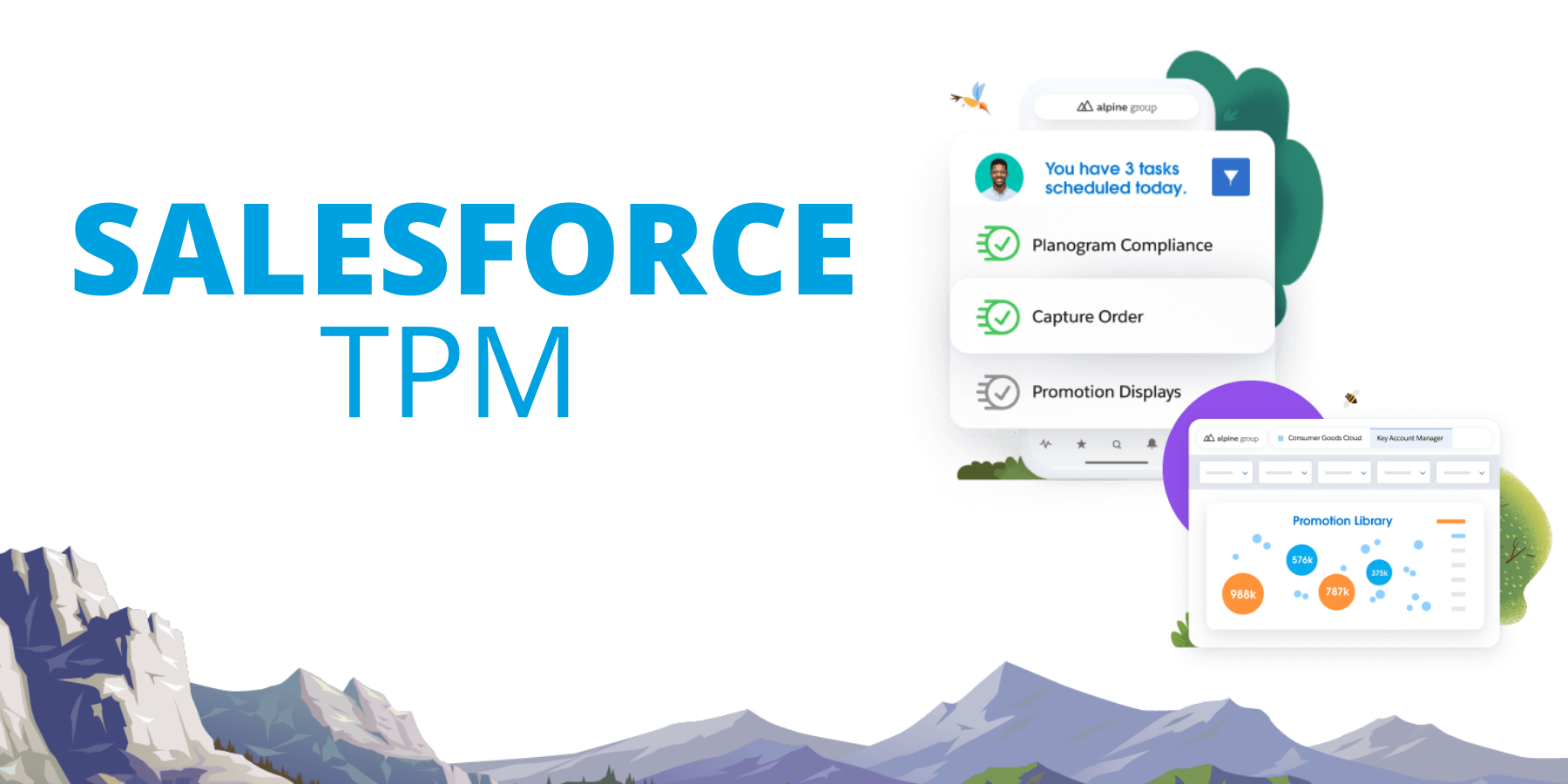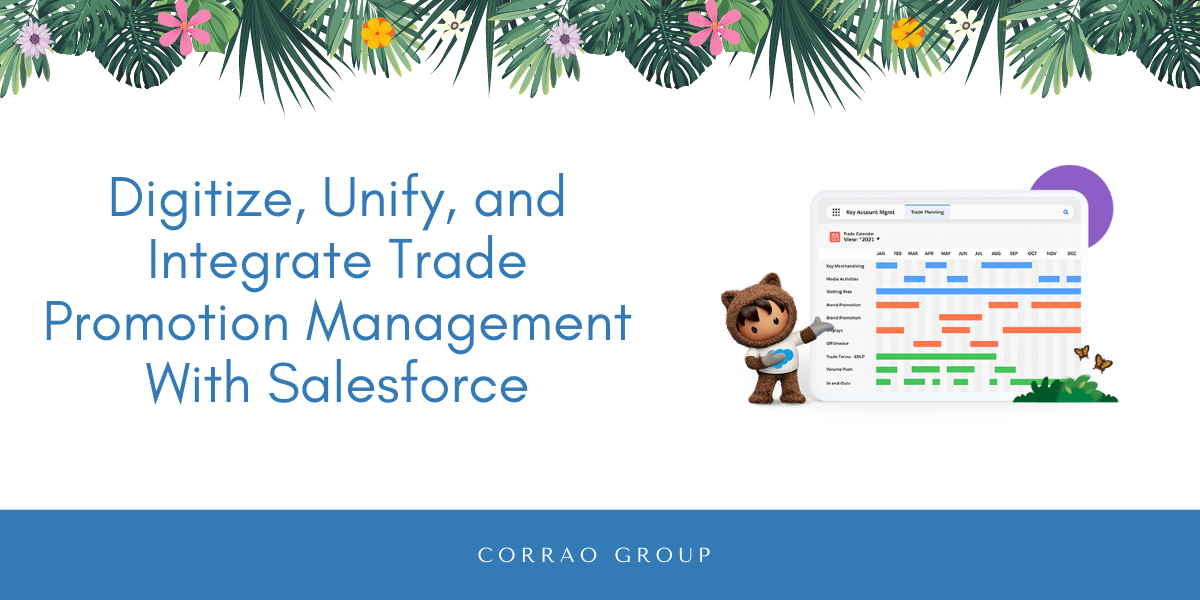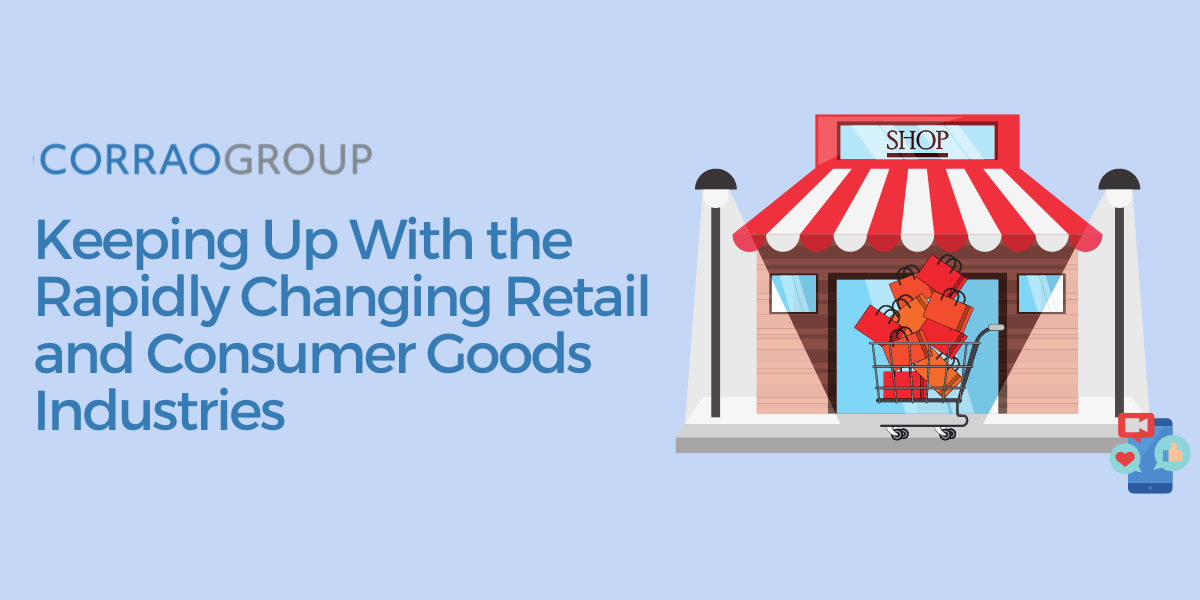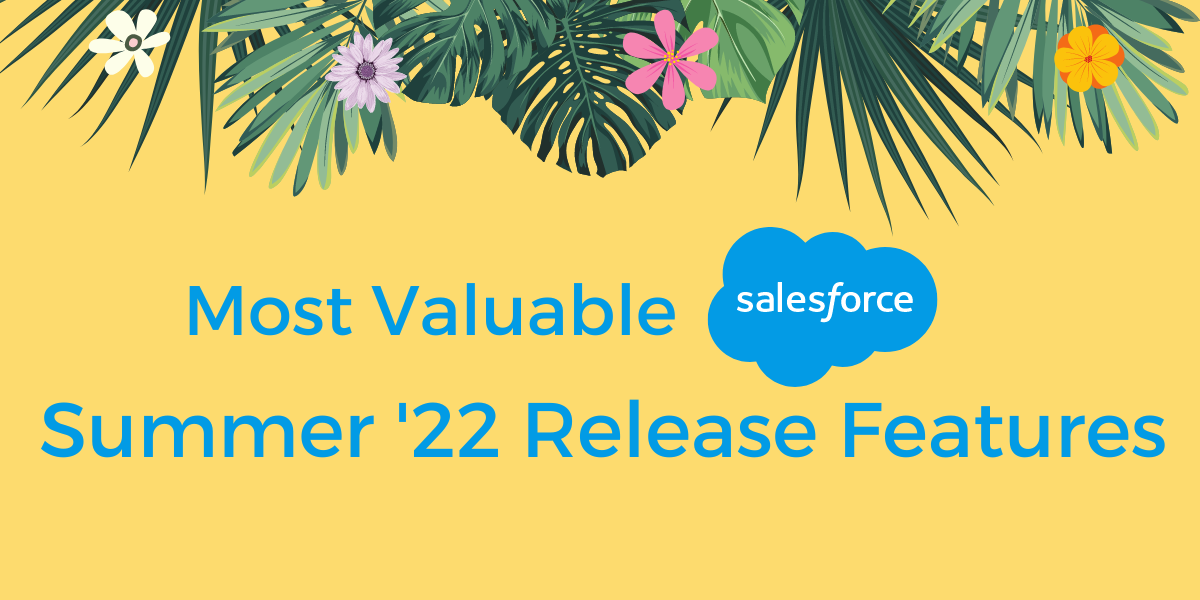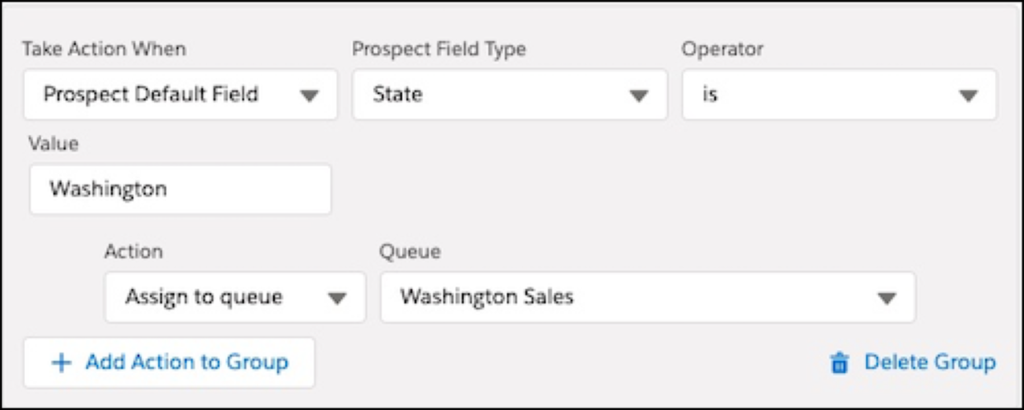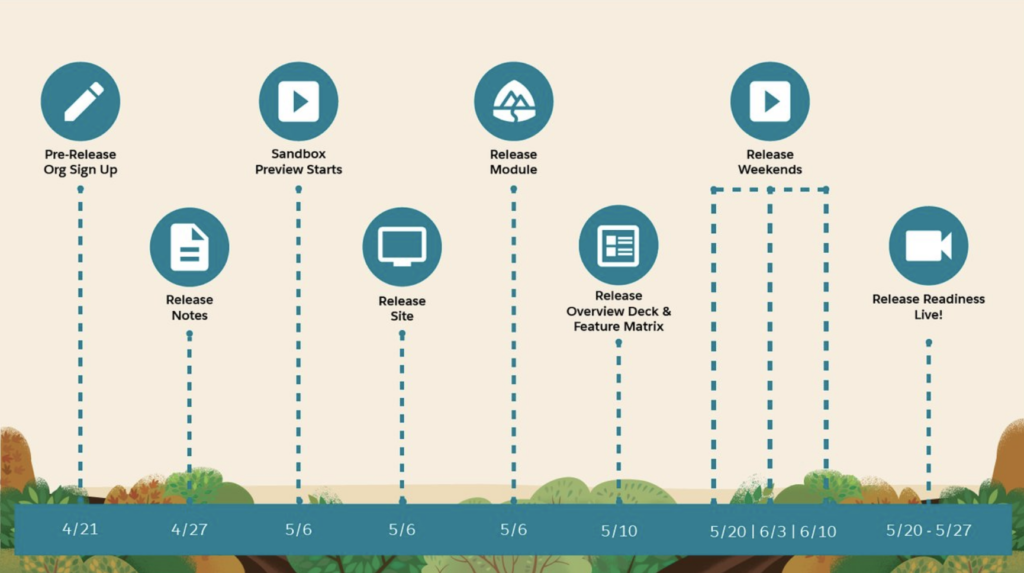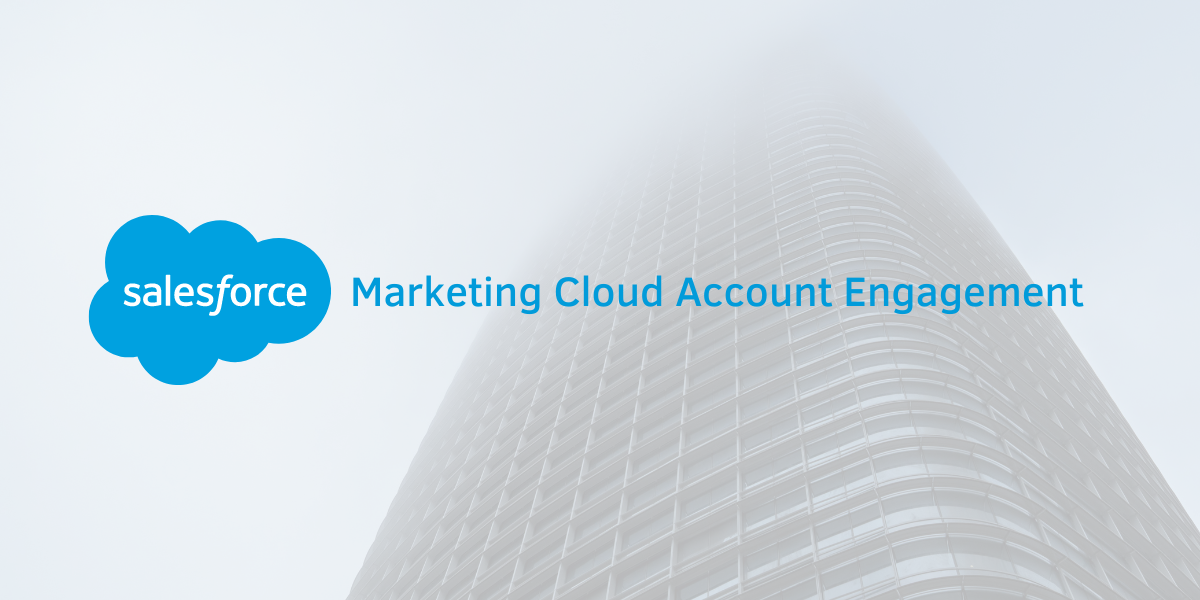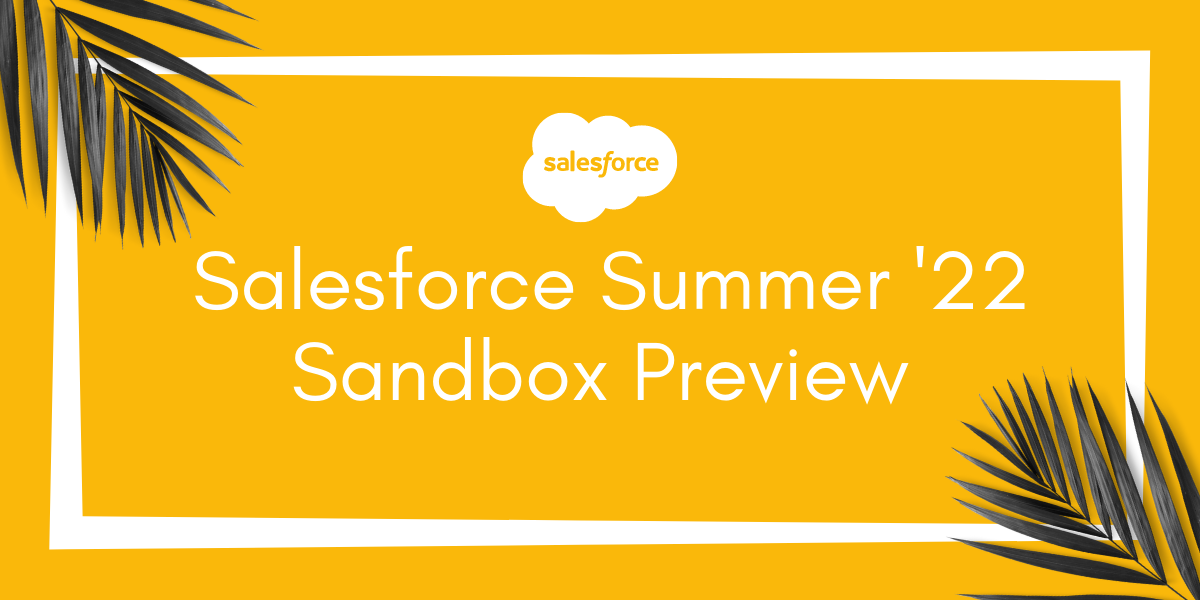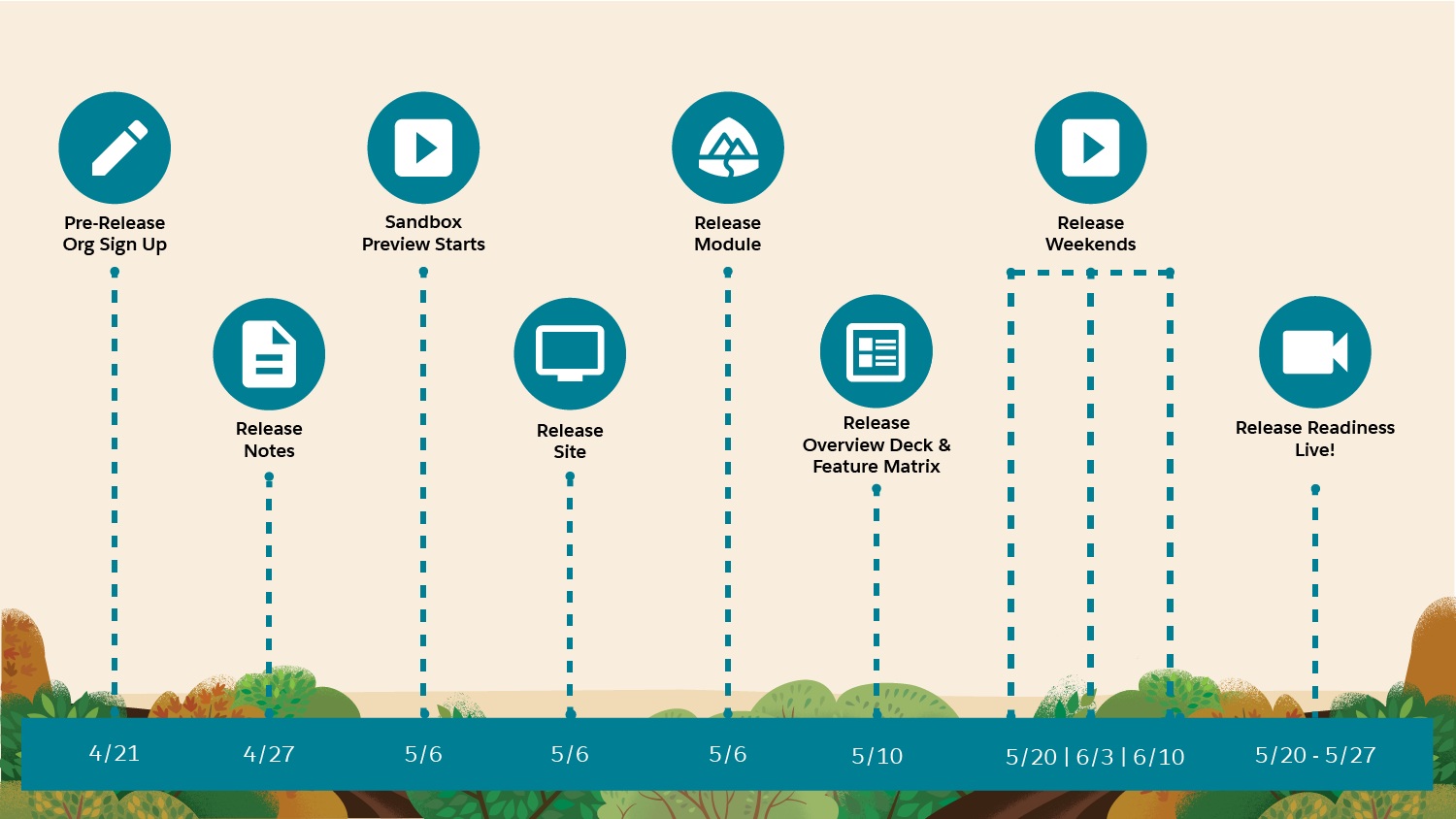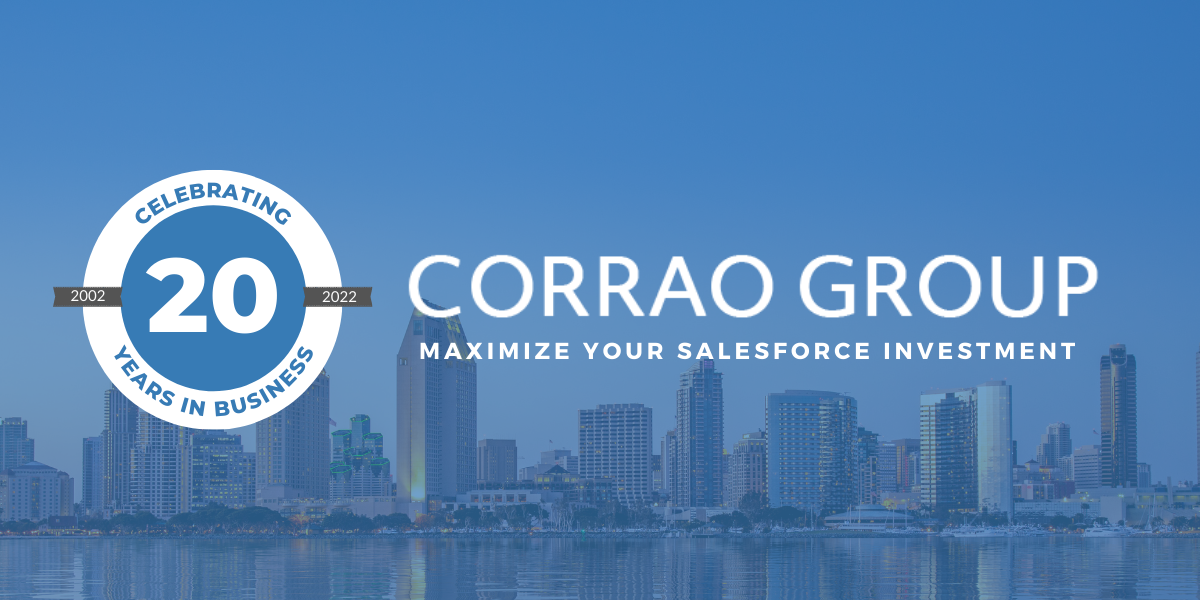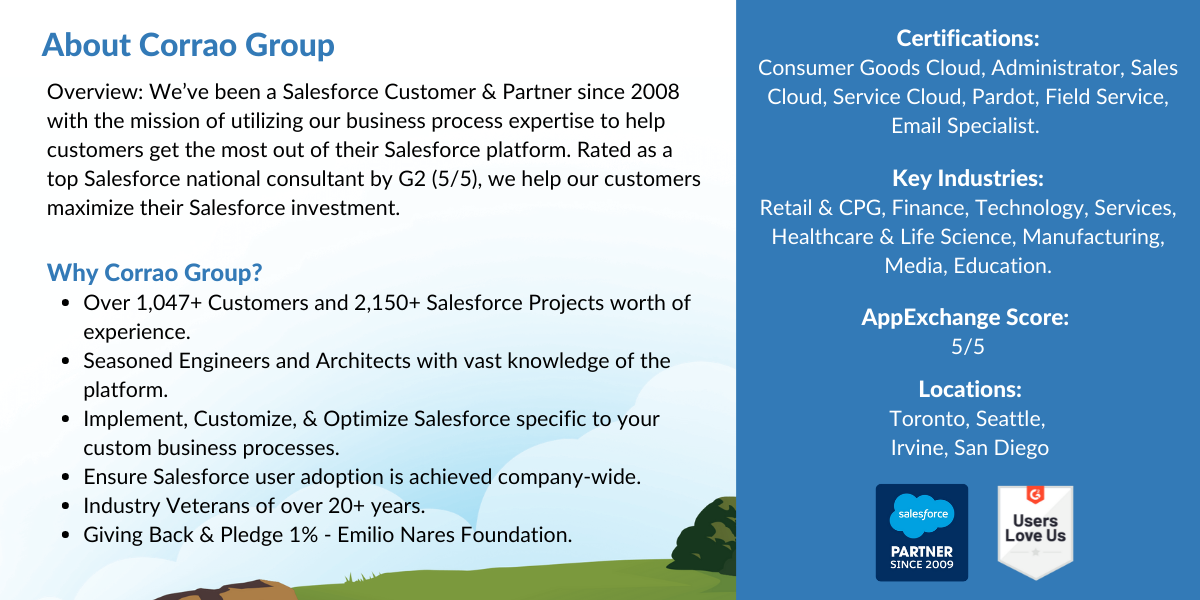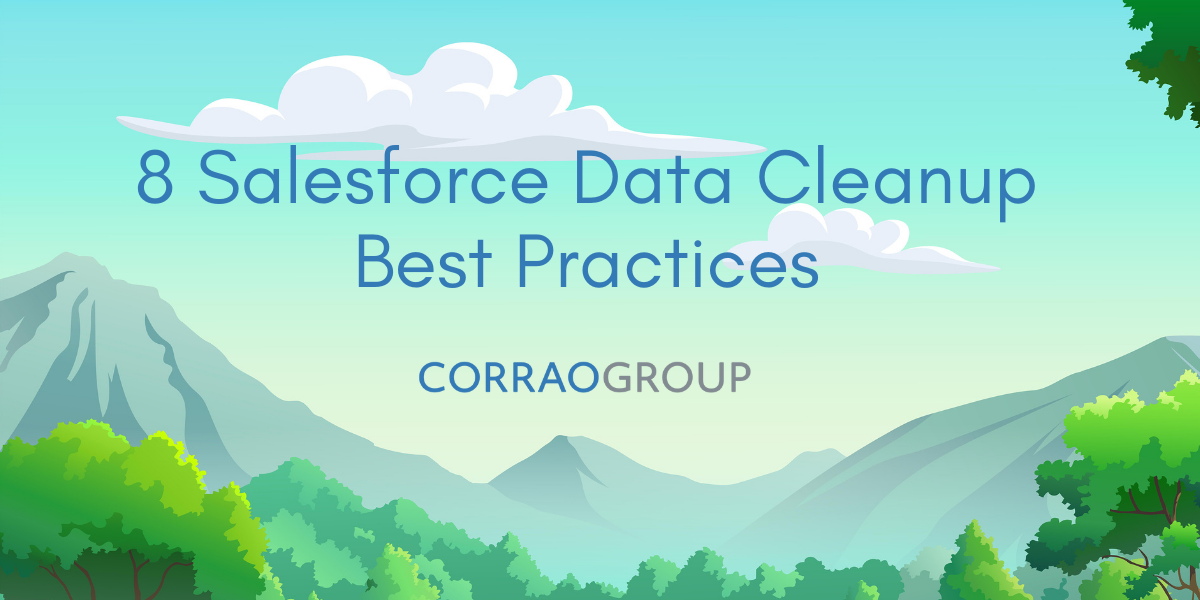Salesforce has announced new innovations for the consumer goods industry that allows them to increase automation, expand selling opportunities, drive profitable growth, and more. As the consumer goods industry faces difficult challenges, it’s becoming critical for brands to shift to a digital and consolidated platform for business growth. Salesforce for consumer goods has announced the following innovations: Trade Promotion Management (TPM), Offline Penny Perfect Pricing, B2B Commerce & Marketplace, and MuleSoft Accelerator for Consumer Goods.
Trade Promotion Management
Salesforce Trade Promotion Management allows you to optimize retail pricing and promotions in real-time to maximize trading effectiveness. Manage reconciliation of claims and deductions against promotions and funds while streamlining settlements. Track the effectiveness of your promotions with real-time reporting. Learn more about how Salesforce TPM can optimize trade activity to drive revenue growth on a connected platform.
We had the honor of being one of seven global consulting partners exclusively chosen to participate in Salesforce’s Trade Promotion Management Pilot program this year. We partnered with a leading sports drink company to set up, run, and manage their promotions. Learn more about the pilot here.
Offline Penny-Perfect Pricing
Offline Penny-Perfect Pricing allows Sales representatives to take/place orders fully offline or anywhere with offline ordering— while promotion-driven orders help sales teams up-sell. Seamlessly calculate the penny-perfect price based on available promotions, flexible rules, and pricing conditions. Penny-perfect pricing ensures the price is consistent regardless of device, location, or internet connectivity.
B2B Commerce Wholesale Retail App
The new B2B Commerce Wholesale Retail App maximizes wholesale buying efficiency for consumer goods companies with sales collaboration, large cart ordering, and new virtual showrooms. The new Commerce Marketplace unites the fragmented buyer and seller landscape to create new revenue streams, giving brands and distributors the ability to expand reach by adding inventory to retail partners quickly.
MuleSoft Accelerator for Consumer Goods
Connecting critical data, systems, and applications like trade promotion management, product information management systems, and more will help you innovate faster. Mulsesoft Accelerator for Consumer Goods, companies can have a single source of truth for data and can quickly deploy trade and retail execution capabilities leveraging existing master data in traditional back-end systems.
About Corrao Group
Since 2002, we have been helping B2B organizations of all sizes optimize their business processes with Salesforce and their third-party applications. As everyday Salesforce power users, Corrao Group understands how flexible the Salesforce platform is to support every business department. We’ve worked with nearly 1,050+ customers, implementing, customizing, and optimizing over 2,150+ Salesforce projects. If you are interest d in learning more about how Corrao Group can help your company, read our reviews on G2!
Sources:
